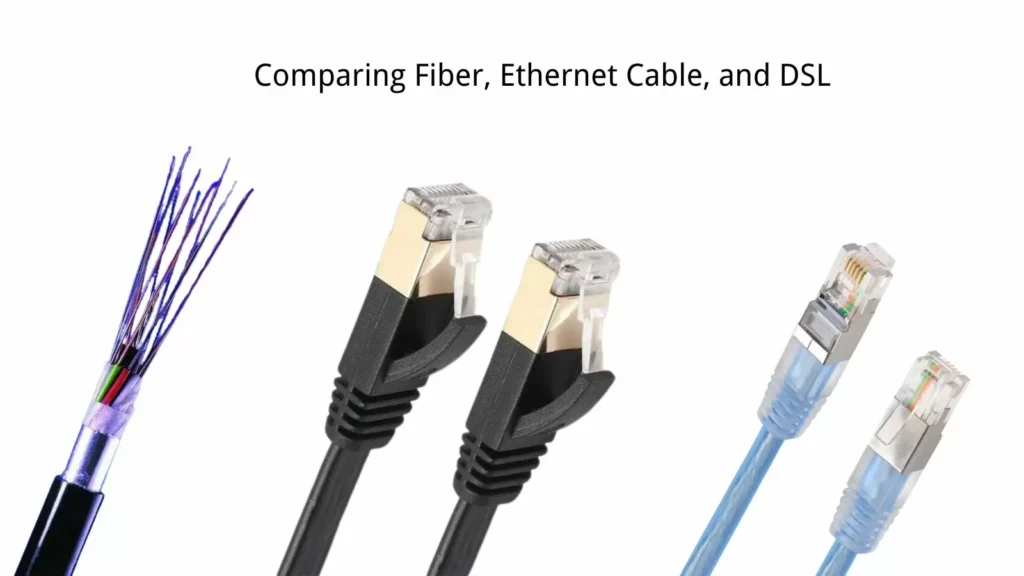What is DSL? A Detailed Examination
DSL (Digital Subscriber Line) is a communication technology used for digital data transmission. DSL was developed to provide high-speed internet access over telephone lines. In this article, we will discuss what DSL technology is, how it works, its advantages and disadvantages, as well as the various types and applications of DSL.
Definition of DSL Technology
DSL provides internet connectivity using traditional copper telephone lines. This technology allows for separate pathways for voice and data transmission, enabling users to make phone calls while using the internet simultaneously. DSL offers various speed options and is typically preferred for broadband internet access in homes and offices.
DSL technology includes several different types:
- ADSL (Asymmetric Digital Subscriber Line): ADSL has an asymmetric structure, meaning the download speed is higher than the upload speed. It is ideal for residential users and suitable for streaming services and video viewing.
- SDSL (Symmetric Digital Subscriber Line): SDSL provides equal download and upload speeds. This is particularly favored for data center or business applications that require high upload speeds.
- VDSL (Very High Bitrate Digital Subscriber Line): VDSL offers higher speeds than ADSL and is generally effective over shorter distances. It is suitable for bandwidth-intensive applications such as HD video streaming and online gaming.

How Does DSL Work?
DSL technology uses various techniques to ensure data transmission over telephone lines. The following steps explain how DSL works:
- Modem Connection: To access DSL service, a DSL modem is required. The modem connects to the telephone line and converts digital signals into analog signals.
- Data Transmission: The modem uses the telephone line to send and receive data from the internet service provider (ISP). This process occurs by utilizing the frequencies of DSL signals.
- Frequency Separation: DSL performs frequency separation while transmitting voice and data over the same line. Voice is transmitted at lower frequencies, while data is transmitted at higher frequencies. This allows for simultaneous phone calls and internet usage.
- Connection and Speed: The DSL connection offers varying speeds depending on the quality of the line and distance from the central office. Typically, higher speeds are achieved over shorter distances.
Advantages of DSL
DSL technology has several advantages:
- High Speed: DSL offers significantly higher speeds than traditional dial-up connections, providing a faster internet experience. It is especially ideal for video streaming and online gaming.
- Seamless Communication: DSL enables internet usage without affecting phone calls, which is a significant advantage for users. This is particularly important for those working from home.
- Wide Accessibility: DSL is widely used and available in many regions worldwide, offering broad access. Even rural areas can often have DSL connectivity.
- Easy Installation: DSL connections are typically easy to set up and can be quickly activated using existing telephone lines, allowing users to access the internet without delay.
Disadvantages of DSL
Like any technology, DSL has some disadvantages:
- Distance Connection: DSL speeds vary based on the distance from the telephone central office. Lower speeds can be experienced at greater distances, which can negatively affect users in rural areas.
- Connection Quality: The quality of the line can affect the speed and stability of the DSL connection. Poor lines may lead to lower speeds and connection interruptions, making line maintenance essential.
- Limited Speed Options: DSL offers more limited speed options compared to fiber optic or wireless connections, which may not meet the needs of some users. Alternatives should be considered for those with high-speed requirements.
Applications of DSL
DSL is used in various fields. ADSL is a common choice for home internet access. SDSL is used in business applications requiring higher data transmission, such as data center services and cloud applications. VDSL is ideal for applications demanding high bandwidth. Additionally, DSL protocols are frequently used in mobile applications and web-based services, allowing users to access fast and reliable services from different devices.
Conclusion – The Importance of DSL Technology
DSL plays a crucial role in digital communication. Its provision of high-speed internet connectivity offers significant advantages for users. However, factors such as connection quality and distance must be considered. With the right DSL choice, users can achieve both efficient and fast internet experiences. In today’s digital world, fast and reliable internet connections are critical for both work and daily life.




